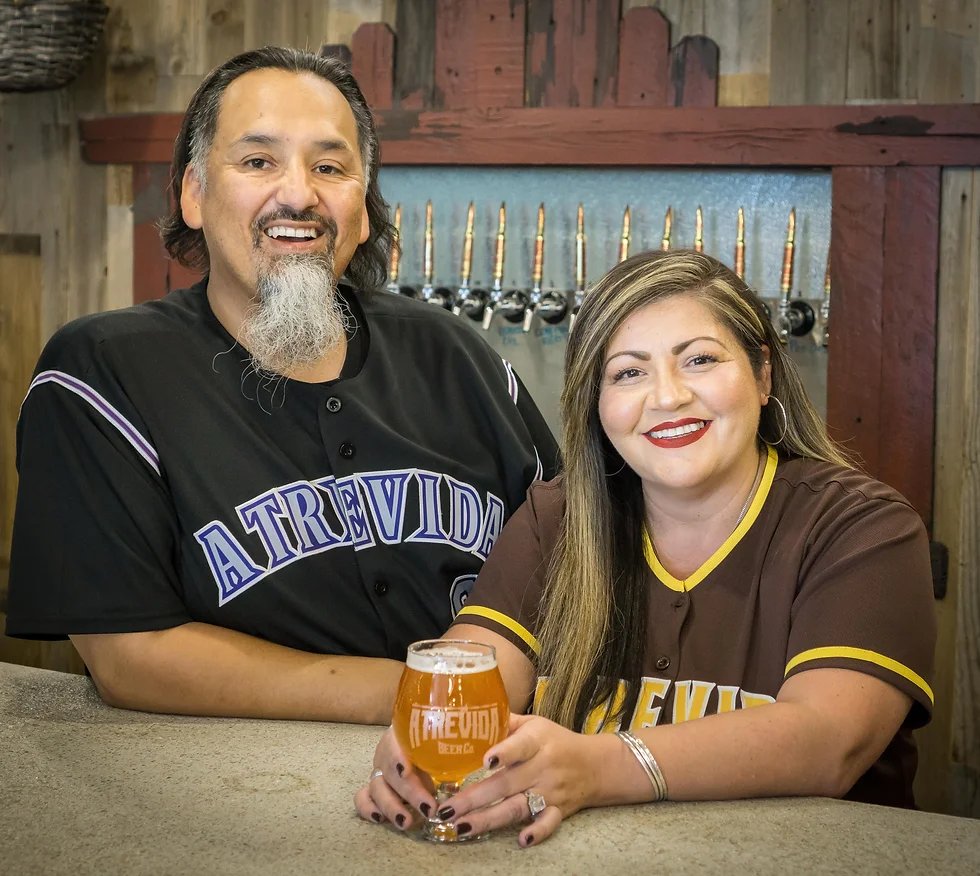By the end of the day tomorrow one of these 4 birds will hold the #WorldCupOfBirds aloft.
🇹🇳 The Cream-colored Courser.
🇰🇷 The Oriental Magpie.
🇦🇺 The Laughing Kookaburra.
🇧🇪 The Common Kestrel.
Which one will it be?
Let's find out.
🇹🇳 The Cream-colored Courser.
🇰🇷 The Oriental Magpie.
🇦🇺 The Laughing Kookaburra.
🇧🇪 The Common Kestrel.
Which one will it be?
Let's find out.

🇹🇳
In flight, the Cream-coloured Courser has jet-black upper primaries and underwings.
This is the last thing that the Andean Condor and the Golden Eagle saw in this tournament, as two of the world's most impressive raptors saw defeat at the hands of this diminutive wader.
In flight, the Cream-coloured Courser has jet-black upper primaries and underwings.
This is the last thing that the Andean Condor and the Golden Eagle saw in this tournament, as two of the world's most impressive raptors saw defeat at the hands of this diminutive wader.

🇰🇷
I would not have picked the Oriental Magpie as a semi-finalist, but then again I am not one of the smartest birds on the planet.
I'm starting to get the feeling this bird knows *exactly* how the game works.
I would not have picked the Oriental Magpie as a semi-finalist, but then again I am not one of the smartest birds on the planet.
I'm starting to get the feeling this bird knows *exactly* how the game works.

🇦🇺
It's all been giggles so far for the Laughing Kookaburra: no bird in the #WorldCupOfBirds has so efficiently swept aside the competition.
An easy draw?
Or pure class?
It's all been giggles so far for the Laughing Kookaburra: no bird in the #WorldCupOfBirds has so efficiently swept aside the competition.
An easy draw?
Or pure class?

🇧🇪
We started this tournament with 13 raptors.
20 matches later, the only one left is the smallest: The Common Kestrel.
Can this pint-sized Belgian hunter put an end to the Kookaburra's sweep?
#WorldCupOfBirds
We started this tournament with 13 raptors.
20 matches later, the only one left is the smallest: The Common Kestrel.
Can this pint-sized Belgian hunter put an end to the Kookaburra's sweep?
#WorldCupOfBirds

Which bird goes to the #WorldCupOfBirds final?
• • •
Missing some Tweet in this thread? You can try to
force a refresh















